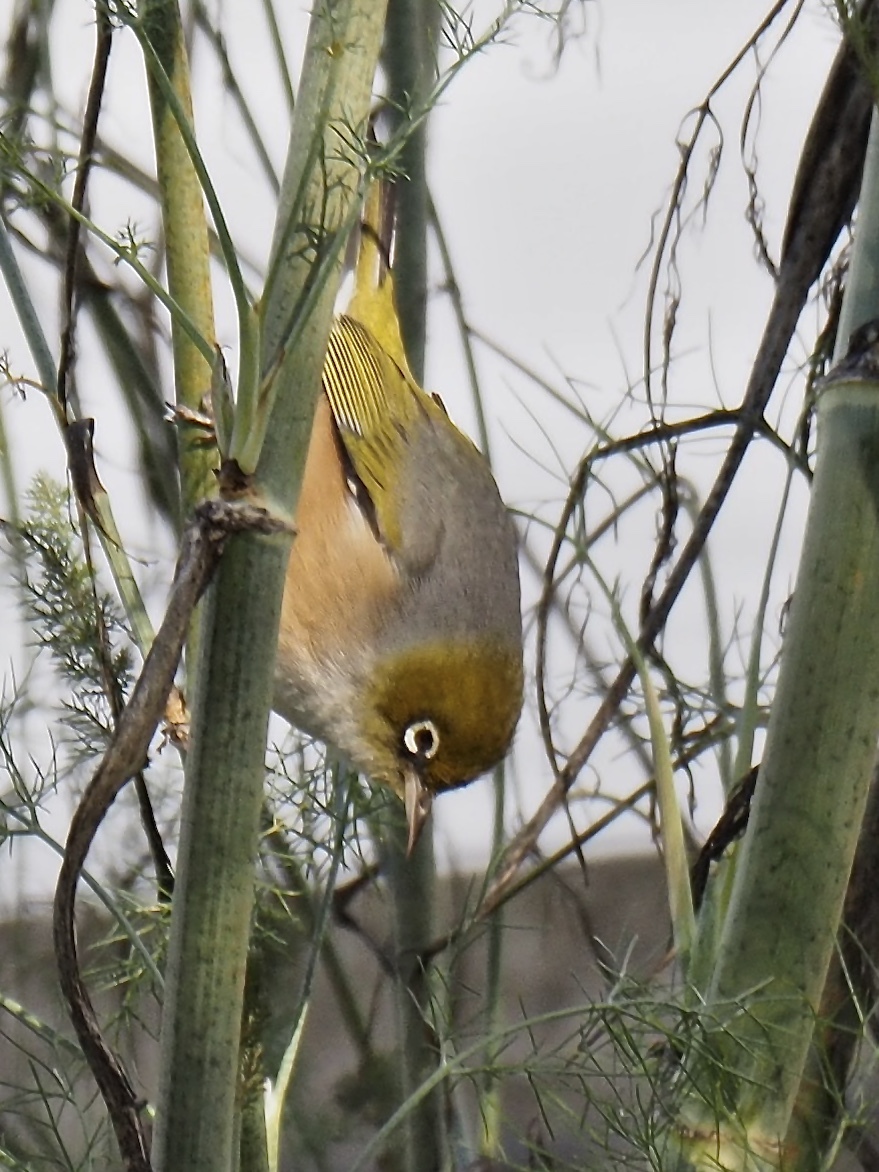We caught up with Derby local Di Northey to find out about the birdlife in the area. She’s the spiritely woman with the enormous smile and large-lens camera slung over her shoulder who you might see trekking the familiar tracks of her township in search of that perfect snap of Tasmania’s delicate, bright-eyed and sometimes elusive birds.
Here are six of Di’s favourite birds that you will spot for yourself in Derby, if you keep your eye to the sky. And the accompanying photos are Di’s too. She has wholeheartedly embraced Derby’s new buzz and wanted to share some of her own passion for capturing the birdlife. Thank you Di!
Scarlet Robin

Have you ever seen something so cute as this little ball of feathers?
As is often the way in nature, the blokes have the beautiful scarlet breast, contrasted starkly against his black head and white accents above the bill and striping his wings. The ladies are brown with an orange-red-coloured breast. These plump little robins mate for life and when mamma lays her three eggs, it’s all wings on deck. While she incubates the eggs, her mate feeds her and, when hatched, both adults embrace the task of feeding their nestlings. You can find out more about these sweet creatures here.
Green Rosella

These brightly coloured beauties are well-known to Tassie folk and are endemic to the island state. You’ll usually spot them in pairs or small flocks foraging for seeds, fruits and berries - and often on the ground. They are commonly seen throughout a wide range of landscapes, from bush to coast, mountains to the Bass Strait Islands. They breed in Spring and Summer and lay as many as eight eggs in tree-hollow nests. Learn some more about these colourful birds here.
Silvereye

Say hello to these curious chaps, easily identified for the ring of white around their eyes. Silvereyes are a small bird, measuring about 12cm, and unfortunately they don’t have a grand reputation with Tassie orchardists. They feed on insects, nectar and fruit, you see. Most silvereyes fly north in Autumn, returning late Winter to breed. They lay up to four blue-green eggs and the breeding pair share the 10-day incubation responsibility, along with the feeding afterwards. Their nests are neat little cups of moss, hair and grasses, knit together with cobwebs. More info here.
Superb Fairy Wren


You’ve seen this darling of the bush before, haven’t you? The male sports the most luminescent blue crown you ever did see, and he darts through trees and scrub like he’s beckoning you to follow. The females wear an entirely different outfit. It’s brown. The Superb Fairy Wren is quite common in Tasmania, and you will likely see them moving about in small groups: one male, several females and some younger birds, feasting on insects from the undergrowth and leaf litter. The female constructs the nest and incubates three or so eggs, but the male and other members of the group help with feeding the chicks. Learn some more about these dashing little wrens here.
Spotted Pardalote

This chap is the smallest bird on our list, measuring about 9cm in length. You’ll spot them flying singularly or in pairs, usually high in the canopy of eucalypt forests and woodlands. Which is why you might have more luck keeping an ear out for their distinctive call, a high-pitched “pee-too” repeated slowly, or a high pitched “pee-pee” repeated in rapid succession. You can listen to a sound recording of their call, and find out more info, here.
As a side note, this wee bird is not to be mistaken for the Forty Spotted Pardalote. Sadly, this sister species’ population is threatened. You can tell them apart as the Forty Spotted variety has no spots on its head.
New Holland Honey Eater

This active little fellow feeds on fruit, insects and the nectar of flowers. You’ll spot them individually or in pairs, flitting around in dry sclerophyll forest, tea tree or in Di’s garden. Well, wherever grevilleas and banksias are found, actually. Measuring around 16cm, the females are slightly smaller and the youngsters are more brown than black, with a grey (rather than white) eye. Their nests are lovely: cup-shaped and made of grass and fine twigs, wrapped up with spider web. Find out more about them here.